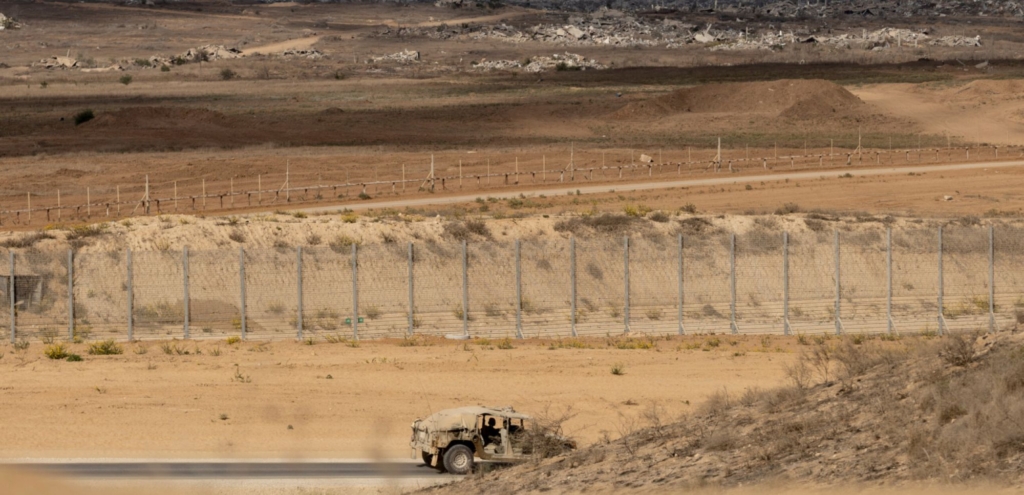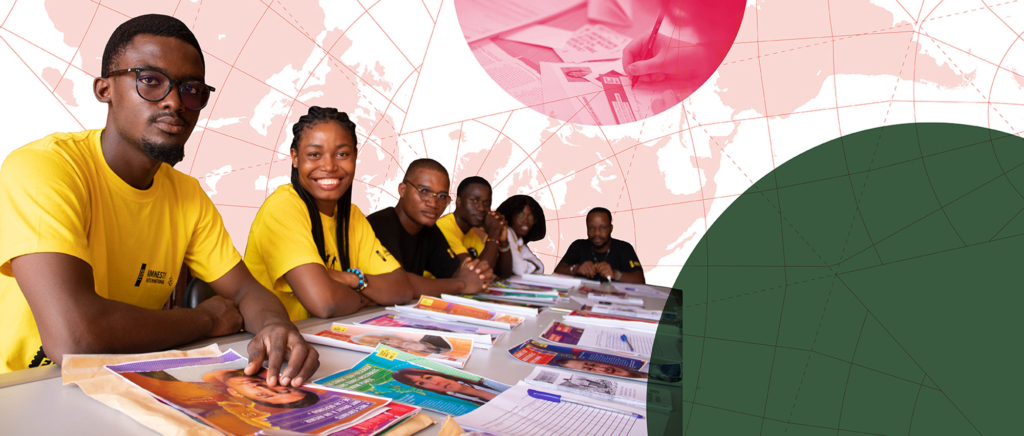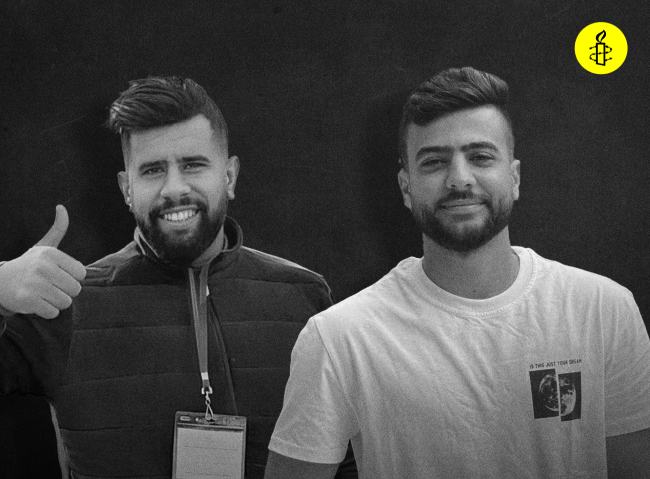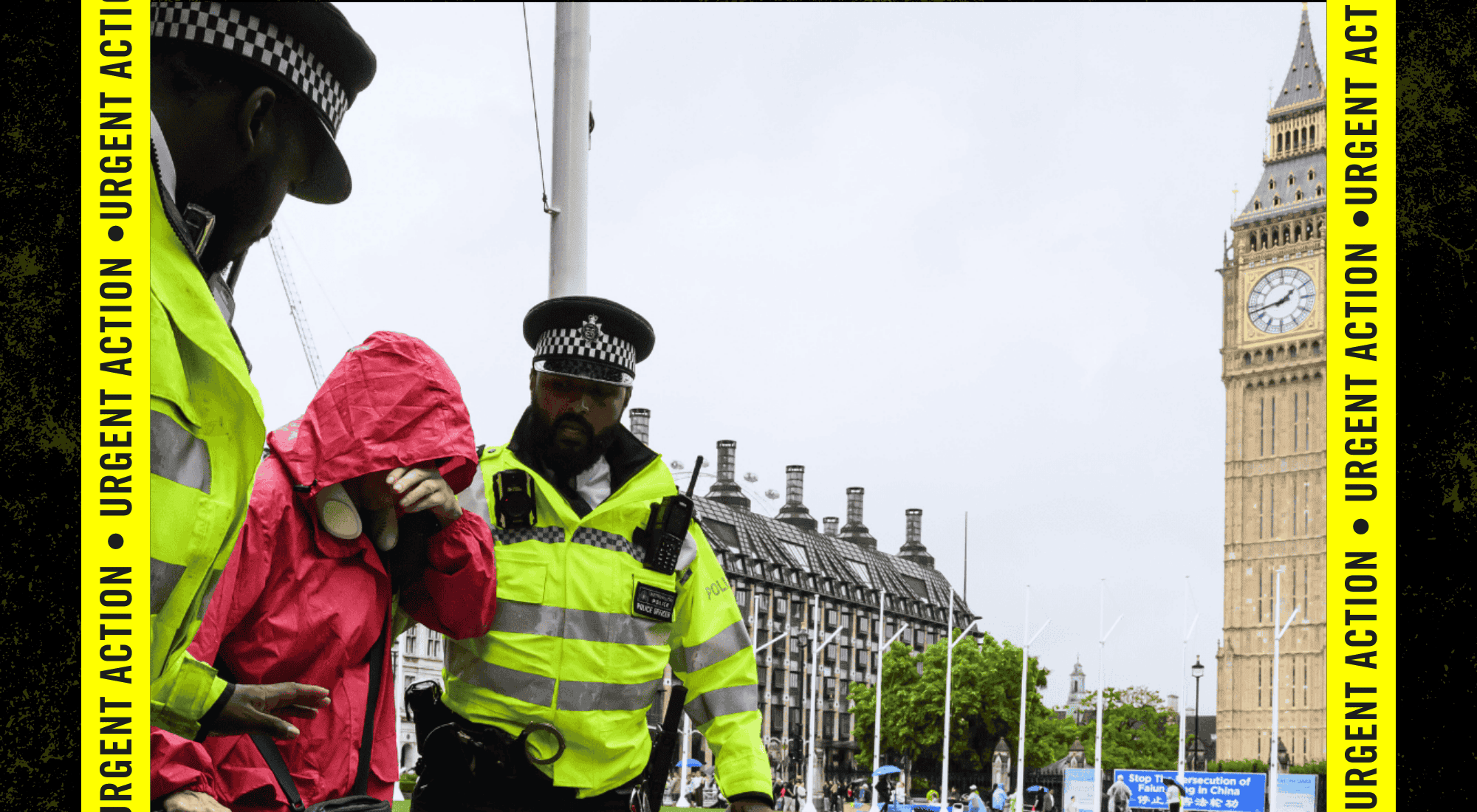By Joanne Mariner, Senior Crisis Response Adviser at Amnesty International
,
In Bangui’s Nguingo neighbourhood, up the Oubangui river from the city center, people are scared.
,
“There are rumors that the anti-balaka are going to attack again this afternoon,” a local resident told me when I visited there on Wednesday.
,
“They want to teach us a lesson.”
,
Over the past year, the Central African Republic has become notorious for the intensity of its sectarian violence. After the majority-Muslim Seleka government left power in January 2014, a wave of ethnic cleansing swept the country, leaving much of the territory entirely empty of Muslims. Thousands were killed. The seleka have also been responsible for serious abuses in various parts of the country including in the capital Bangui.
,
But the troubles in Nguingo, a subdistrict of Bangui’s Ouango area, are of a different sort. While Nguingo, like the rest of Ouango, once had a thriving Muslim community, those inhabitants fled long ago — chased away by the anti-balaka, a militia primarily made up of Christians and animists. With the Muslims gone — their houses sacked and their belongings stolen — the anti-balaka lost their easiest and most convenient targets.
,
Now, increasingly, the anti-balaka are using thuggish methods against Bangui’s non-Muslim communities, alienating even some of their former supporters. In an attack on the Nguingo neighbourhood carried out ten days ago, the anti-balaka killed three local residents, badly injured at least 20 more, and burned down some 28 houses and a church.
,
“I call them the band of bandits,” an older resident said angrily. “They think that because they have guns and machetes they can abuse us freely.”
,
Ongoing violence and revenge attacks
,
The anti-balaka’s incursion into Nguingo on 14 October was a revenge attack. Earlier that day a group of three anti-balaka fighters had entered the neighbourhood to steal. It was the second such raid in the space of a few days, and the people of the area were sick of it.
,
During the previous raid, the anti-balaka had stolen cars, motorcycles and equipment. With the help of Rwandan troops — based in the country under the auspices of a UN peacekeeping force — the local people were able to recover much of what had been taken, but they also steeled themselves to resist future depredations.
,
When the three anti-balaka fighters arrived on 14 October, local youth fought back, throwing a volley of heavy stones. Two of the fighters escaped, but a third, who was carrying an unloaded gun, was hit by stones and badly injured. Although his face was a bloody mess and some people at first thought he was dead, he survived, was brought to the local jail, and was handed over to the authorities.
,
Two hours later the anti-balaka returned, this time in force. According to police in the area, the local anti-balaka commander had requested reinforcements from a neighbouring commander in Boy Rabe, the city’s most notorious anti-balaka stronghold. While it is unclear just how many anti-balaka participated in the attack — estimates of the group’s size range from several dozen to well over 100 — everyone agrees that the men were well-armed, with Kalashnikovs and grenades, and primed for combat.
,
“They wanted to kill all the young men”
,
“The anti-balaka attacked from the north, shooting in the air and yelling, “come out, come out! All the men outside!” Therese, 55, told me. “They wanted to kill all the young men.”
,
The anti-balaka began by attacking the house of a neighbourhood leader — known as the chef du quartier “the boss of the neighbourhood” — holding him responsible for the fighting earlier in the day. While the leader himself managed to flee before they arrived, his neighbours were not so lucky.
,
Jacques Mamadou, 38, was shot and killed in front of his house as he tried to flee. The day I visited, his shoes and cap marked his freshly-dug grave, which had been placed next to the ruins of his house and just down the way from the ruins of the house of the neighbourhood leader.
,
Another victim was Constant Yaonomo, 24, a miller. His family lived right around the corner from the neighbourhood leader, and he was shot and killed, his parents believe, when he was running to get home. “He wanted to return to the family home when the fighting started,” his father told me, showing photos of Constant’s body.
,
“We didn’t know what happened to him until 8 pm, when the fighting had subsided, and my son-in-law came to the house and told us, ‘your son is dead.’ My wife was the first to open the door. When she heard the news she collapsed.”
,
“There was still some shooting but I didn’t care anymore; I went out onto the street to find his body. His clothes were soaked in blood. I washed his body and changed his clothes, putting my own suit on him. We buried him the next morning at 10 am. Most of the neighbors had fled, but a couple of them were still here, and they helped me dig the grave.”
,
The third victim was Gilles Francis Beaubiasso, a 24-year-old student.
,
According to his stepmother the family was fleeing when he was shot: he was hit by two bullets in his chest and left arm.
,
A number of other people suffered gunshot wounds, severe machete wounds, and shrapnel injuries from grenades. At least 20 people were treated at a nearby clinic, with some of the more serious cases being later brought to city’s main hospital for additional care.
,
Besides revenge, the anti-balaka also seemed to be motivated by the opportunity for profit. Setting fire to dozens of houses, whose thatched roofs are like tinder, the anti-balaka systematically robbed people as they ran out of the houses to escape the heat and smoke.
,
“They took money, mobile phones, women’s jewellery – everything they could get their hands on,” a 59-year-old man with a bandaged head told me. “I had nothing to give them so they hit me in the head with a machete.”
,
One woman spoke of how the anti-balaka pointed their guns at her young sons — ages 10 and 11 — and threatened to kill them if she didn’t pay.
,
“I gave them 30,000 CFA (around 58 US Dollars) to save my children.”
,
Role of the UN troops vital
,
Despite the attack’s violence, everyone agrees it could have been much worse. It was the arrival of UN peacekeeping troops — a Congolese contingent — that halted the killing. “If the Congolese troops hadn’t come,” one resident insisted, “it would have been a massacre.”
,
The anti-balaka engaged the Congolese troops for some time, then fled.
,
Yet local people fear that their retreat is temporary, and that they will be back again to take their revenge. Over 1,000 people have fled across the Ubangui River to the neighbouring Democratic Republic of Congo; a hundred or so more have taken refuge at a nearby Catholic Church compound. Despite UN patrols, people do not feel safe.
,
What to do about thousands of anti-balaka fighters is one of the most difficult questions the country faces. Public perceptions of these groups may be changing, particularly as they lose all claim to being “self defense forces” and operate, as in Nguingo, as predatory criminal gangs. But their claim to power does not, in the end, rest on their legitimacy; it rests on their weapons, organization, and capacity for violence.
,
Until the anti-balaka are disarmed and their structures are dismantled, the violence is unlikely to end. Whether the UN peacekeeping force can manage to protect civilians from this violence is the real challenge.
,
Follow Joanne Mariner on Twitter @jgmariner
,
Visit our country page on the Central African Republic























